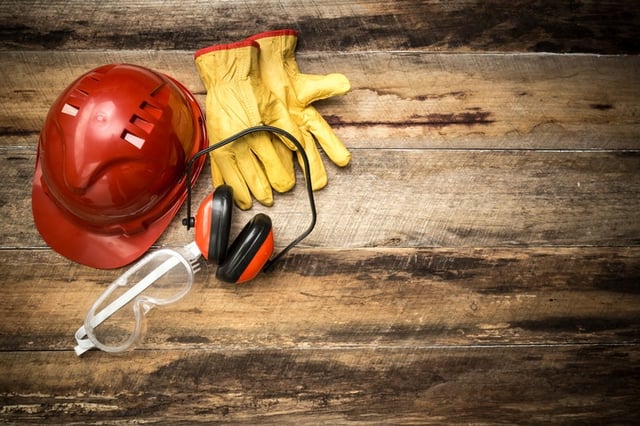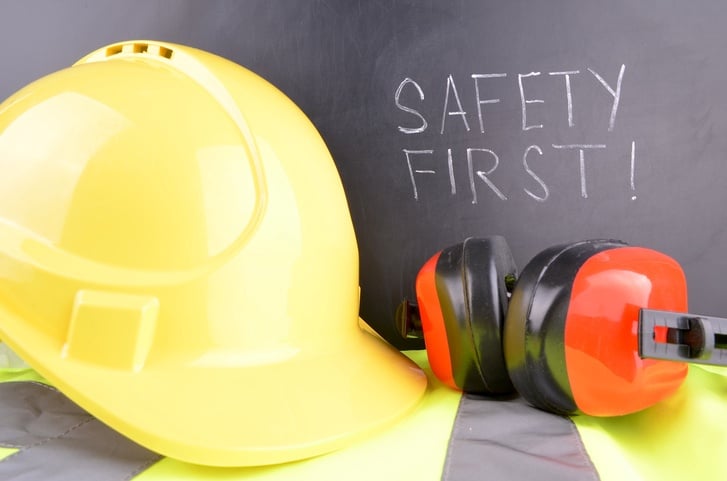How Company Culture Affects Your Workplace Safety Programs

Workplace safety programs are a vital component of any company—particularly when you consider that more than 92 workers are killed on the job every week in the United States, according to the Occupational Safety and Health Administration (OSHA). Of course, workplace safety is only as strong as the commitment of your stakeholders. Each employee needs to take safety seriously; for many organizations, focusing on company culture is one of the most effect ways to ensure workplace safety.
If your company’s employees and other stakeholders do not take safety seriously, that attitude can permeate through the entire organization, prompting individuals to cut corners and put themselves in danger. However, approaching workplace safety on a company-wide, “cultural” level has the power to make safety a top priority. According to OSHA and various independent research studies, when compared with implementing other processes, developing a strong safety culture has the single greatest impact on reducing safety incidents.
What is a Culture?
A culture refers to your organization’s overall environment, its values, “personality” and tone. Workplace culture includes a philosophy or several philosophies that permeate the daily, weekly and annual activities of the organization.
For example, a company might have a culture that includes a high level of positivity and support; a relaxed, comfortable vibe; or a more buttoned-up, respectful feel. All these traits permeate throughout an organization, becoming part of its culture.
Safety is no different. All aspects of an organization impact safety, including your company’s various departments, facilities, assets, jobs tasks and more. Stand-alone workplace safety plans often feel like a separate responsibility of the health and safety department, when in fact safety is everyone’s responsibility.
Safety policies and programs are an important part of the broader culture of safety, but they are not a “culture of safety” in and of themselves. Safety must become part of the culture to be fully understood, viewed as permanent and accepted as a high priority.
Assessing Your Culture
Is safety a part of your workplace culture? Consider the following elements of a safety culture:
- Buy-in from all stakeholders. All employees, contractors, partners and other stakeholders, at all levels, must be committed to safety.
- Processes for hazard prevention and control. All stakeholders should understand how to prevent and control safety hazards using best practices and workplace safety technologies. It is also important that each person knows that these processes are part of everyone’s duties.
- Ongoing training. To keep knowledge and techniques fresh, stakeholders should attend regular safety training.
- Successes are celebrated. Stakeholders should be recognized or rewarded for their commitment to safety.
When safety is a part of your corporate culture, every stakeholder recognizes its importance. It becomes part of your organization’s continuous process improvement. And, most importantly, it’s seen as an investment, rather than a cost, since proactive safety measures have the power to save significant amounts of money, time and other resources.
Building a Safety Culture
Safety should be viewed as a common goal that brings all levels of your organization together. However, this type of cultural shift doesn’t occur naturally; it has to be fostered. To begin creating a culture of workplace safety in your company, view OSHA’s tips on building a safety culture.
What is your organization’s “culture” like? Is safety currently viewed as everyone’s responsibility, or is it left up to your department?










